Enfoque terapéutico de la hemoglobinuria paroxística nocturna
Resumen
La hemoglobinuria paroxística nocturna (HPN) es una enfermedad poco frecuente, en la que los glóbulos rojos se destruyen prematuramente. Las personas afectadas carecen del gen PIG-A, el cual es muy importante para que el glicosilfosfatidilinositol (GPI) permita la adhesión de ciertas proteínas a las células sanguíneas. Sin PIG-A, las proteínas involucradas no pueden proteger a las células de los componentes del complemento en la sangre, lo que lleva a la destrucción de los glóbulos rojos. En la antigüedad el tratamiento de la HPN era paliativo, con una supervivencia media de 15-20 años y la trombosis como principal causa de muerte. Las medidas terapéuticas incluían corticosteroides, terapia con andrógenos, transfusiones de glóbulos rojos y terapia anticoagulante, aunque con efectividad limitada y riesgos de eventos adversos. El trasplante alogénico de células madre era el único tratamiento curativo, generalmente reservado para pacientes jóvenes con falla de médula ósea. La introducción de inhibidores del complemento ha incrementado la tasa de supervivencia, acercándola a la de poblaciones sanas de igual sexo y edad, y está indicado para casos de HPN hemolítica clásica con complicaciones severas.
Descargas
Citas
2. Peffault de Latour R, Kulasekararaj A, Iacobelli S, Terwel SR, Cook R, Griffin M, et al. Eltrombopag added to immunosuppression in severe aplastic anemia. N Engl J Med. 2022;386(1):11-23. doi: 10.1056/NEJMoa2109965
3. Sun L, Babushok DV. Secondary myelodysplastic syndrome and leukemia in acquired aplastic anemia and paroxysmal nocturnal hemoglobinuria. Blood. 2020;136(1):36-49. doi: 10.1182/blood.2019000940
4. Bektas M, Copley-Merriman C, Khan S, Sarda S, Shammo J. Paroxysmal nocturnal hemoglobinuria: patient journey and burden of disease. J ManagCare Spec Pharm. 2020;26(12–b Suppl):S8–s14. doi: 10.18553/jmcp.2020.26.12-b.s8
5. Schrezenmeier H, Röth A, Araten DJ, Kanakura Y, Larratt L, Shammo JM, et al. Baseline clinical characteristics and disease burden in patients with paroxysmal nocturnal hemoglobinuria (PNH): updated analysis from the International PNH Registry. Ann Hematol. 2020;99:1505-14
6. Jakub H, Lenka N, Peter U, Diana V, Matus S, Juraj C, et al. Paroxysmal nocturnal hemoglobinuria: A rare case of recurrent episodes of icterus. Acta Medica Martiniana. 2022;22(3):122-8.
7. National Organization for Rare Disorders (NORD). Hemoglobinuria paroxística nocturna [Internet]. Disponible en: https://rarediseases.org/es/rare-diseases/hemoglobinuria-paroxistica-nocturna/ [Accedido: 2 Septiembre 2024].
8. Cannizzo E, Raia M, De Propris MS, Triolo A, Scarpati B, Marfia A, et al. Features, reason for testing, and changes with time of 583 paroxysmal nocturnal hemoglobinuria clones from 529 patients: a multicenter Italian study. Ann Hematol. 2019;98:1083-93. doi: 10.1182/blood-2019-123415.
9. Sobi. Hemoglobinuria Paroxística Nocturna. Sobi Spain. 2023 [citado 10 sep 2024]. Disponible en: https://www.sobi.com/spain/es/acerca-enfermedades-raras/para-pacientes/hemoglobinuria-paroxistica-nocturna
10. Risitano AM, Kulasekararaj AG, Lee JW, Maciejewski JP, Notaro R, Brodsky R, et al. Danicopan: an oral complement factor D inhibitor for paroxysmal nocturnal hemoglobinuria. Haematologica. 2021;106(12):3188. doi: 10.3324/haematol.2020.261826.
11. Gembillo G, Siligato R, Cernaro V, Santoro D. Complement inhibition therapy and dialytic strategies in paroxysmal nocturnal hemoglobinuria: the nephrologist’s opinion. J Clin Med. 2020;9(5):1261. doi: 10.3390/jcm9051261.
12. Duval A, Frémeaux‐Bacchi V. Complement biology for hematologists. Am J Hematol. 2023;98: S5-S19. doi: 10.1002/ajh.26855
13. Brodsky RA. Pathogenesis of paroxysmal nocturnal hemoglobinuria. UpToDate; 2021
14. Lee JW, Sicre de Fontbrune F, Wong Lee Lee L, Pessoa V, Gualandro S, Füreder W, et al. Ravulizumab (ALXN1210) vs eculizumab in adult patients with PNH naive to complement inhibitors: the 301 study. Blood. 2019;133:530.
15. Waheed A, Shammo J, Dingli D. Paroxysmal nocturnal hemoglobinuria: Review of the patient experience and treatment landscape. Blood Rev. 2023;101158. doi: 10.1016/j.blre.2023.101158.
16. Fattizzo B, Serpenti F, Giannotta JA, Barcellini W. Difficult cases of paroxysmal nocturnal hemoglobinuria: Diagnosis and therapeutic novelties. J Clin Med. 2021;10(5):948. doi: 10.3390/jcm10050948
17. Frieri C, Peffault de Latour R, Sicre De Fontbrune F. Emerging drugs for the treatment of paroxysmal nocturnal hemoglobinuria. Expert Opin Emerg Drugs. 2022;27(1):33-43. doi: 10.1080/14728214.2022.2031973
18. Versmold K, Alashkar F, Raiser C, Ofori-Asenso R, Xu T, Liu Y, et al. Clinical profile and long-term outcomes of patients with paroxysmal nocturnal hemoglobinuria treated with eculizumab in a real-world setting: high frequency of anemia despite decreased intravascular hemolysis. Blood. 2021;138:4314. doi: 10.1182/blood-2021-147162
19. National Cancer Institute. Eculizumab [Internet]. Bethesda, MD: National Cancer Institute; 2011 [cited 2024 Sep 16]. Available from:
https://www.cancer.gov/espanol/publicaciones/diccionarios/diccionario-cancer/def/eculizumab
20. Risitano AM, de Latour RP, Marano L, Frieri C. Discovering C3 targeting therapies for paroxysmal nocturnal hemoglobinuria: Achievements and pitfalls. In: Seminars in Immunology. 2022 Jan;59:101618. Academic Press. doi: 10.1016/j.smim.2022.101618
21. Dingli D, Matos JE, Lehrhaupt K, Krishnan S, Yeh M, Fishman J, et al. The burden of illness in patients with paroxysmal nocturnal hemoglobinuria receiving treatment with the C5-inhibitors eculizumab or ravulizumab: results from a US patient survey. Ann Hematol. 2022;101(2):251-63.
22. Versmold K, Alashkar F, Raiser C, Ofori-Asenso R, Xu T, Liu Y, et al. Long-term outcomes of patients with paroxysmal nocturnal hemoglobinuria treated with eculizumab in a real-world setting. Eur J Haematol. 2023;111(1):84-95. doi: 10.1111/ejh.13970
23. Quist SW, Postma AJ, Myrén KJ, de Jong LA, Postma MJ. Cost-effectiveness of ravulizumab compared with eculizumab for the treatment of paroxysmal nocturnal hemoglobinuria in the Netherlands. Eur J Health Econ. 2023;24(9):1455-72.
24. Chonat S, Kulagin A, Maschan A, Bartels M, Buechner J, Punzalan R, et al. Pharmacokinetics, pharmacodynamics, efficacy, and safety of ravulizumab in pediatric paroxysmal nocturnal hemoglobinuria. Blood Adv. 2024;bloodadvances-2023012267.
25. Moretz D. Drug class update with new drug evaluation: drugs for paroxysmal nocturnal hemoglobinuria. 2021.
26. Vu T, Ortiz S, Katsuno M, Annane D, Mantegazza R, Beasley KN, et al. Ravulizumab pharmacokinetics and pharmacodynamics in patients with generalized myasthenia gravis. J Neurol. 2023;270(6):3129-37.
27. Lee JW, Sicre de Fontbrune F, Wong Lee Lee L, Pessoa V, Gualandro S, Füreder W, et al. Ravulizumab (ALXN1210) vs eculizumab in adult patients with PNH naive to complement inhibitors: the 301 study. Blood. 2019;133(6):530-539.
28. Kulasekararaj AG, Hill A, Rottinghaus ST, Langemeijer S, Wells R, Gonzalez-Fernandez FA, et al. Ravulizumab (ALXN1210) vs eculizumab in C5-inhibitor–experienced adult patients with PNH: the 302 study. Blood, The Journal of the American Society of Hematology. 2019 Feb 7;133(6):540-9. doi: 10.1182/blood-2018-09-876805
29. Kulasekararaj AG, Hill A, Langemeijer S, Wells R, González Fernández FA, Gaya A, et al. One-year outcomes from a phase 3 randomized trial of ravulizumab in adults with paroxysmal nocturnal hemoglobinuria who received prior eculizumab. Eur J Haematol. 2021;106(3):389-97.
30. Bravo C, Guarnera L, Williams ND, Visconte V. Paroxysmal nocturnal hemoglobinuria: Biology and treatment. Medicina. 2023;59(9):1612. doi: 10.3390/medicina59091612
31. Ariceta G. Pharmacological and clinical profile of ravulizumab 100 mg/mL formulation for paroxysmal nocturnal hemoglobinuria and atypical hemolytic uremic syndrome. Expert Rev Clin Pharmacol. 2023;16(5):401-10.
32. Kelly RJ, Holt M, Vidler J, Arnold LM, Large J, Forrest B, et al. Treatment outcomes of complement protein C5 inhibition in 509 UK patients with paroxysmal nocturnal hemoglobinuria. Blood. 2024;143(12):1157-66.
33. Xu, B. (2023). Novel targeted C3 inhibitor pegcetacoplan for paroxysmal nocturnal hemoglobinuria. Clinical and Experimental Medicine, 23(3), 717-726.
34. Hoy SM. Pegcetacoplan: first approval. Drugs. 2021;81:1423-1430.
35. Anderson S, Talbird SE, Fishman J, Mody-Patel N, Sarda SP. Budget impact of pegcetacoplan, a complement C3 inhibitor, for the treatment of paroxysmal nocturnal hemoglobinuria in US adults. Value Health. 2022;25(1)
36. De Castro C, Grossi F, Weitz IC, Maciejewski J, Sharma V, Roman E, et al. C3 inhibition with pegcetacoplan in subjects with paroxysmal nocturnal hemoglobinuria treated with eculizumab. Am J Hematol. 2020;95(11):1334-43. doi: 10.1002/ajh.25960
37. Risitano AM, Marotta S, Ricci P, Marano L, Frieri C, Cacace F, Sica M, Kulasekararaj A, Calado RT, Scheinberg P, Notaro R. Anti-complement treatment for paroxysmal nocturnal hemoglobinuria: time for proximal complement inhibition? A position paper from the SAAWP of the EBMT. Frontiers in immunology. 2019 Jun 14;10:1157. doi: 10.3389/fimmu.2019.01157
38. Wong RS, Ignatova K, Pullon H, Sathar J, Niparuck P, Numbenjapon T, et al. C3 inhibition with pegcetacoplan in patients with paroxysmal nocturnal hemoglobinuria: results from the Paddock and Palomino trials. Blood. 2020;136:3-4. doi: 10.1182/blood-2020-134436
39. Wiles JA, Galvan MD, Podos SD, Geffner M, Huang M. Discovery and development of the oral complement factor D inhibitor danicopan (ACH-4471). Curr Med Chem. 2020;27(25):4165-4180.
40. Kulasekararaj A, Risitano AM, Maciejewski JP, et al. A phase 2 open-label study of danicopan (ACH-0144471) in patients with paroxysmal nocturnal hemoglobinuria (PNH) who have an inadequate response to eculizumab monotherapy. Blood. 2019; 134(Suppl_1):3514.
41. Risitano AM, Röth A, Soret J, Frieri C, de Fontbrune FS, Marano L, ... & de Latour RP. Addition of iptacopan, an oral factor B inhibitor, to eculizumab in patients with paroxysmal nocturnal haemoglobinuria and active haemolysis: an open-label, single-arm, phase 2, proof-of-concept trial. The Lancet Haematology. 2021;8(5)
42. Dighriri IM, Al-Qahtani RM, Almutairi AO, Alhashbari RN, Kanbeja HA, AlOjaimi SA, et al. Iptacopan efficacy and safety to treat paroxysmal nocturnal hemoglobinuria (PNH): a systematic review and meta-analysis. Cureus. 2024;16(8).
43. Cançado RD, Araújo ADS, Sandes AF, Arrais C, Lobo CLDC, Figueiredo MS, et al. Consensus statement for diagnosis and treatment of paroxysmal nocturnal haemoglobinuria. Hematol Transfus Cell Ther. 2021;43(3):341-348.
44. Babushok DV. When does a PNH clone have clinical significance? Hematology Am Soc Hematol Educ Program 2021;2021(1):143-152. doi:10.1182/hematology.2021000245
Derechos de autor 2024 Diana Eugenia Saquicela Guayacondo, Karen Lissbeth Espinosa Feijoó, Anggie Nicole San Wong Pazmiño, Gellibert Alexandra Argote Veliz, Luis Andrés Castro García, Valeria Alexandra Vásconez Montalvo

Esta obra está bajo licencia internacional Creative Commons Reconocimiento 4.0.









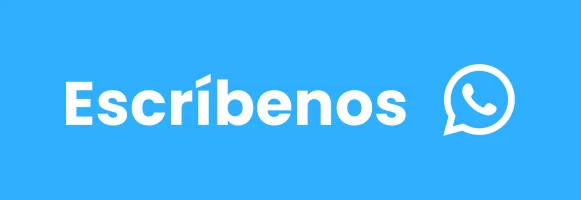



.png)
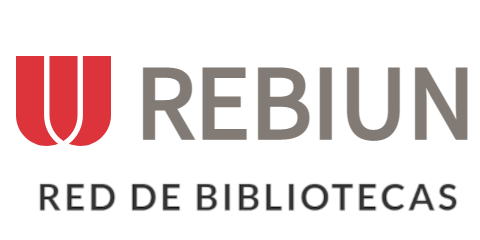












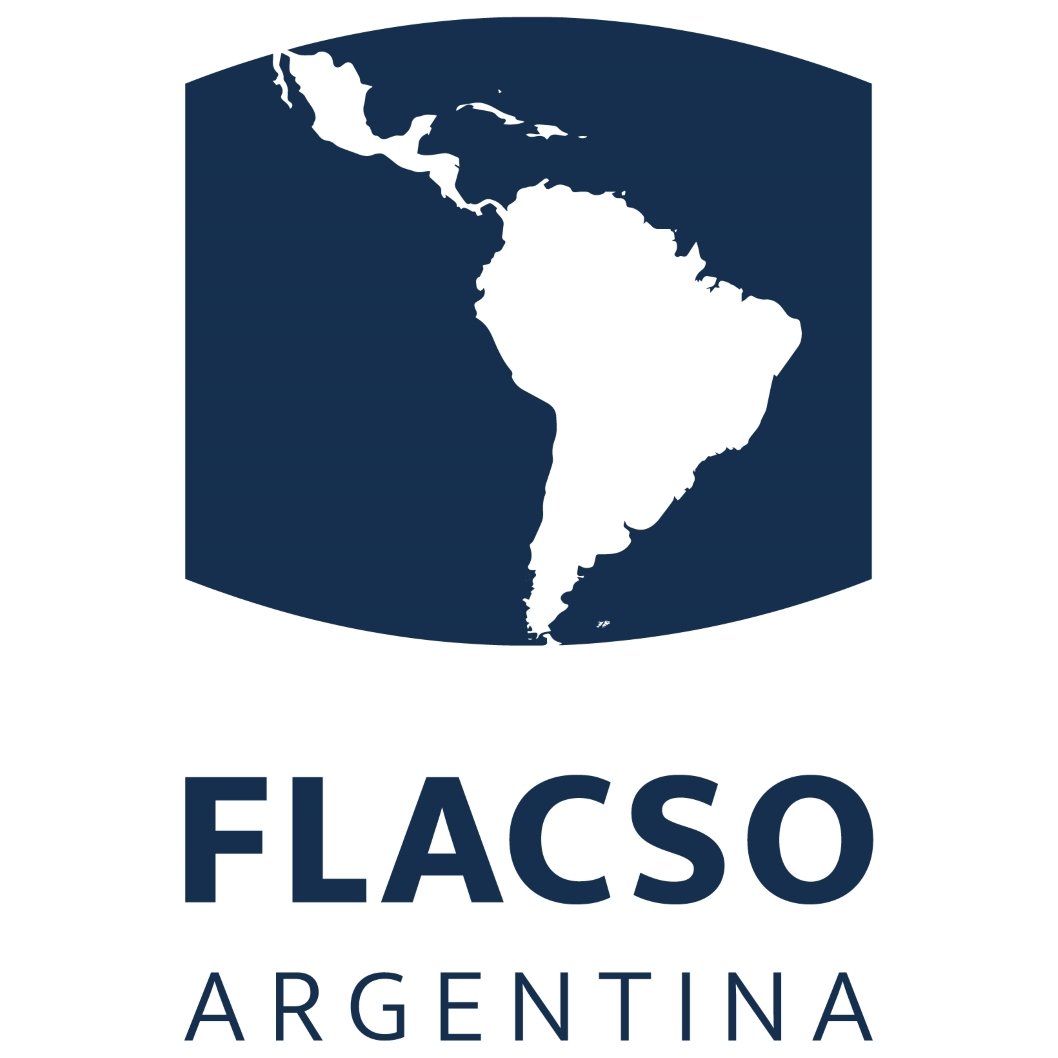
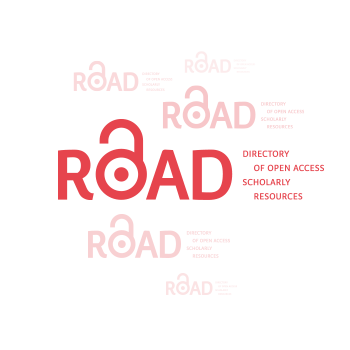

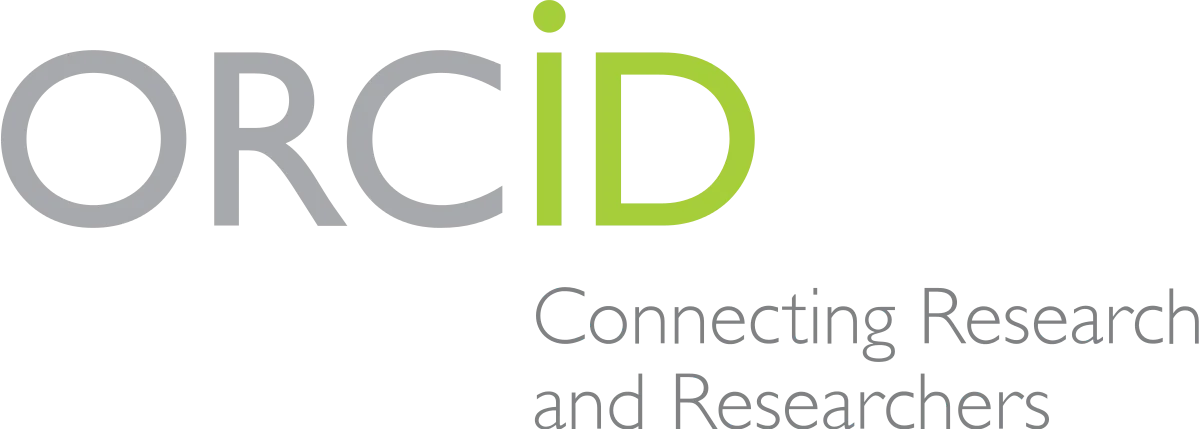



.png)
1.png)


